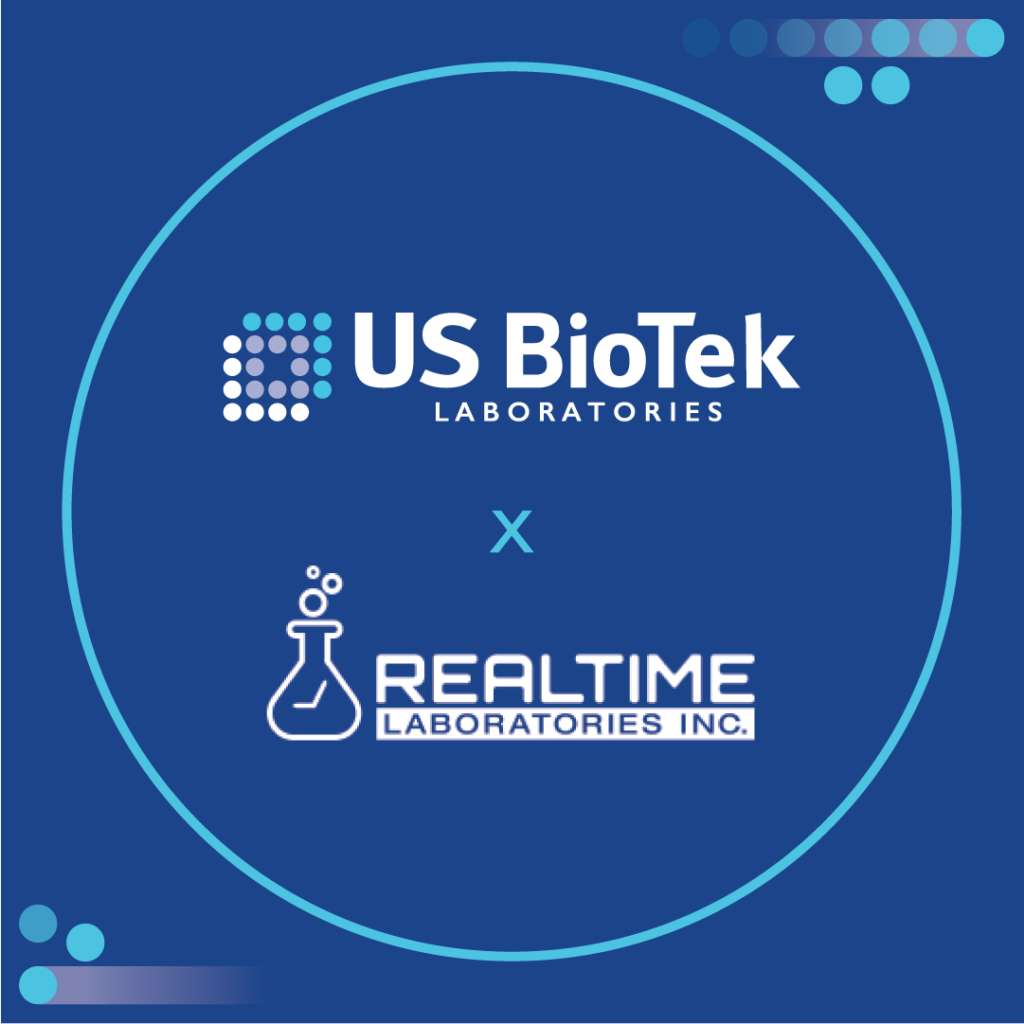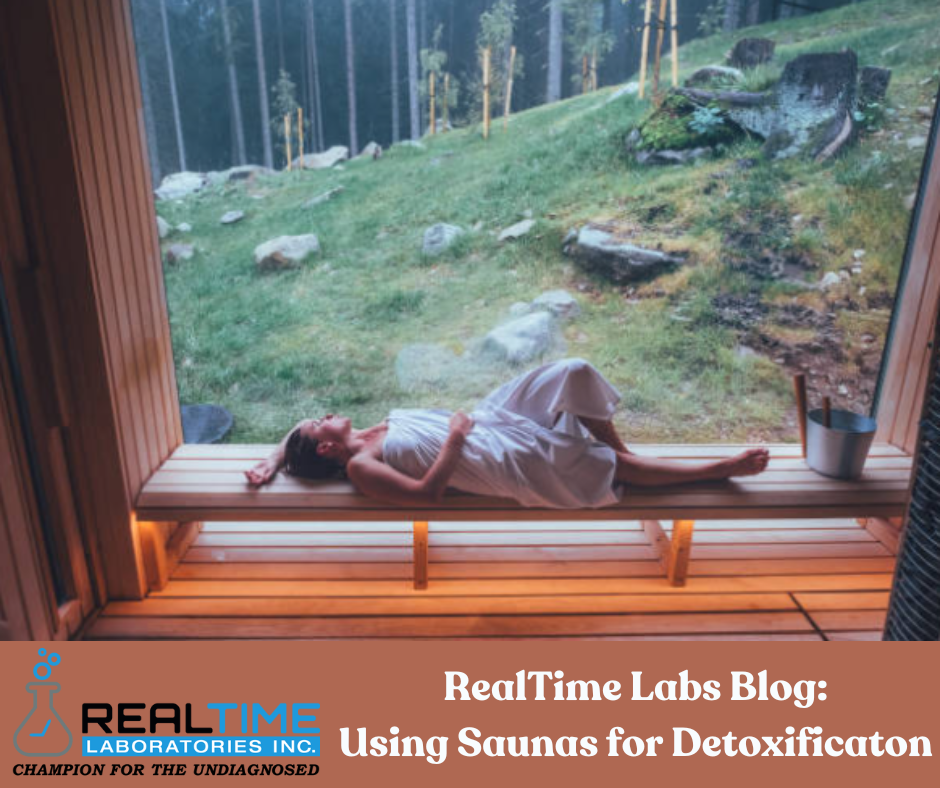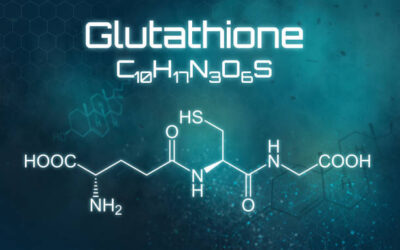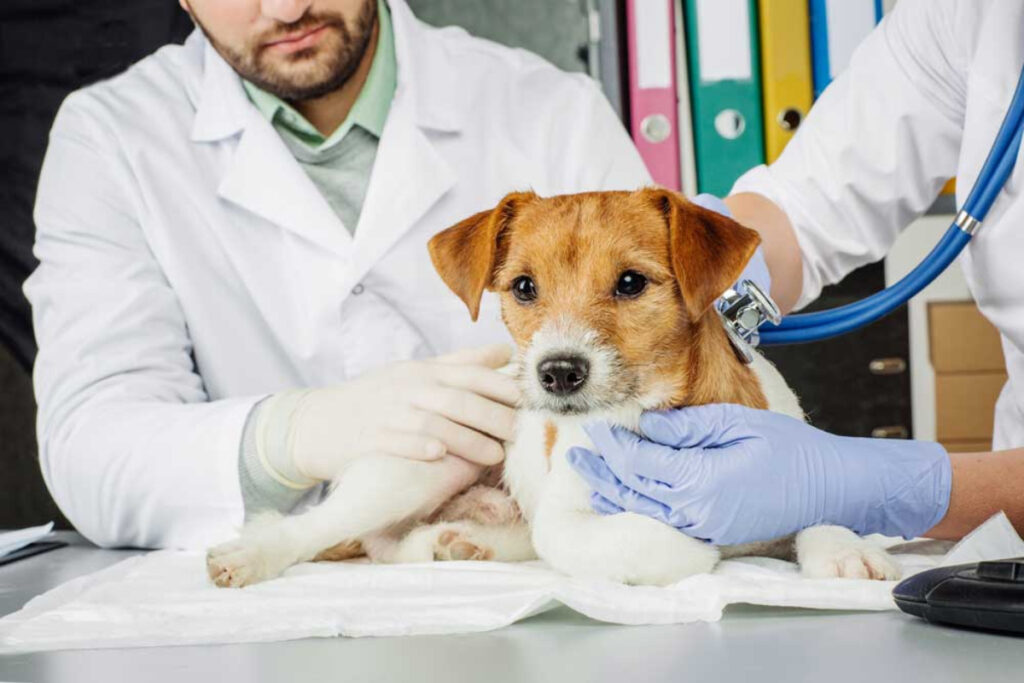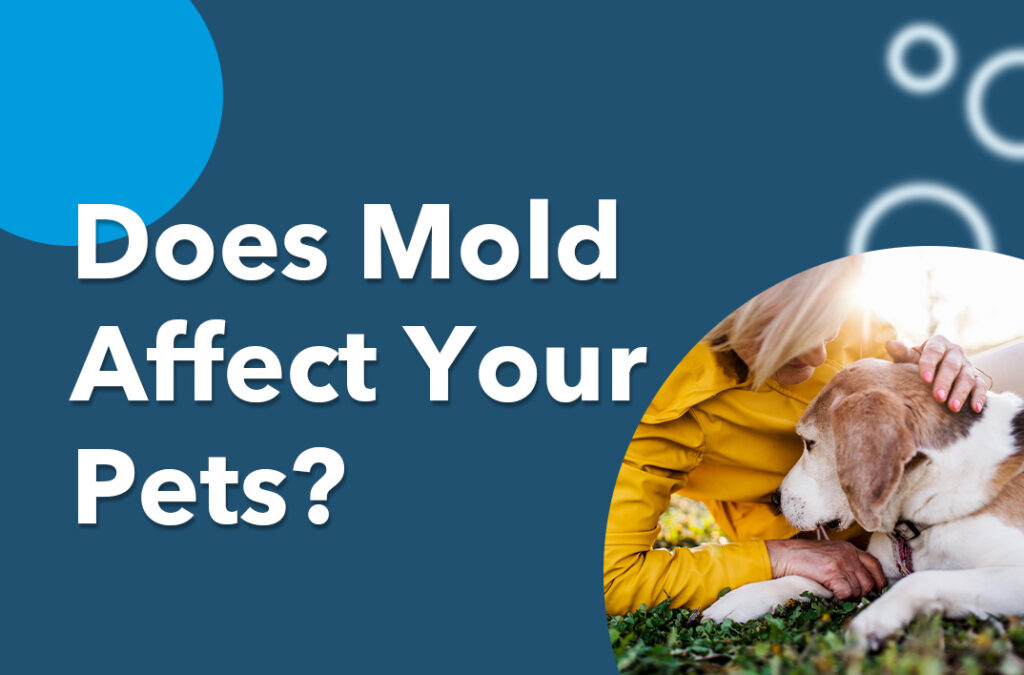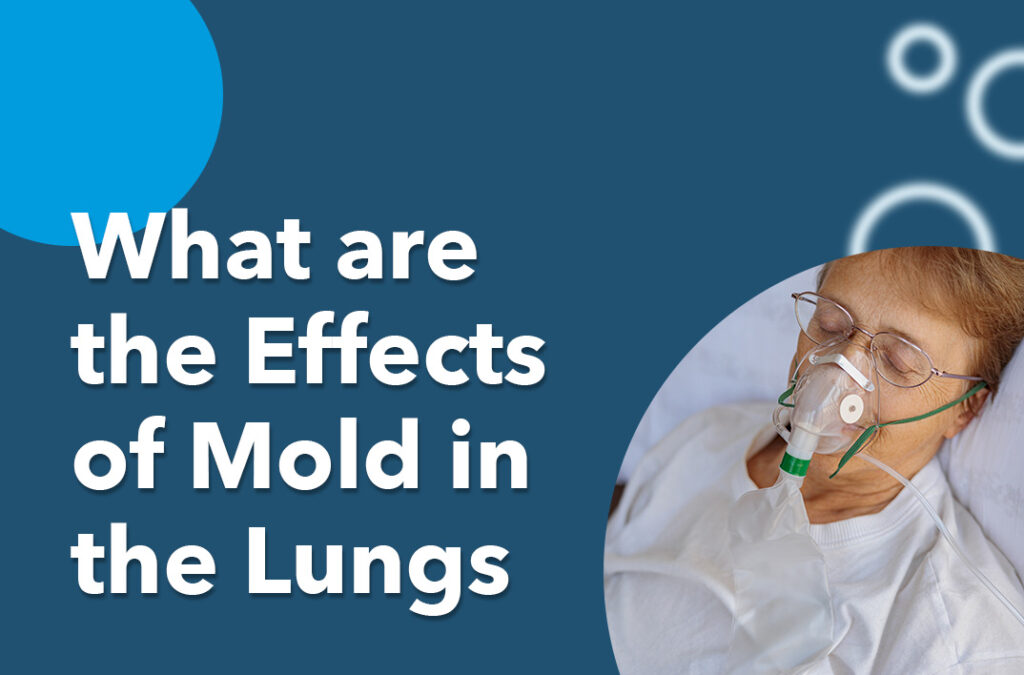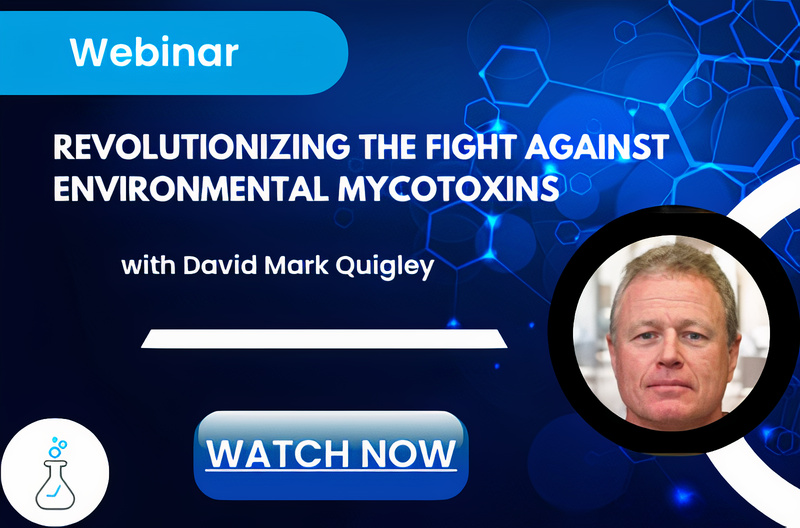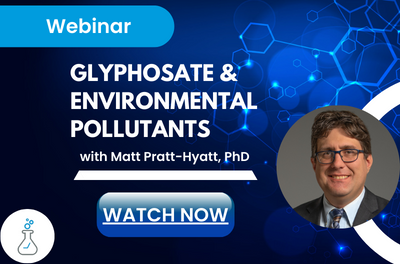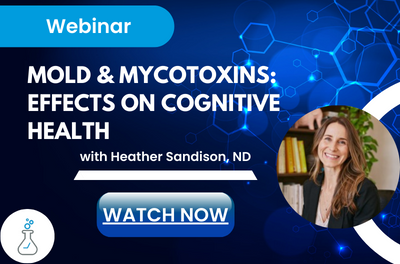RealTime Lab’s
Mold & Mycotoxin
Learning Center
Our learning center is your best one-stop-shop to learning about mold, mycotoxins, and more. Peruse through this page to find articles, videos, and specific links associated to what you’re looking for. If you don’t know where to start, we suggest you look at our Featured Articles section below.
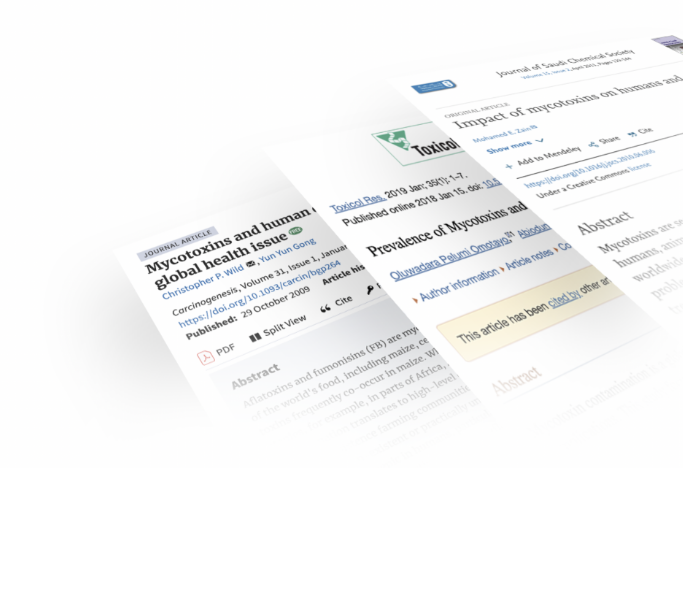
Featured Blogs
US BioTek and RealTime Labs Acquisition
Using Saunas for Detoxification
Glutathione: Why is it important for detox & how to improve the amount in your body
Is your indoor environment making your pet sick?
US BioTek and RealTime Labs Acquisition
Using Saunas for Detoxification
Glutathione: Why is it important for detox & how to improve the amount in your body
The recording for RTL’s Toxin Workshop are available now!
Recent Articles
Texas Flooding
Mold in Crawlspaces and Basements
What Does Black Mold Smell Like?
How to Prevent Black Mold In Your Shower?
Can Your Family Afford that Generic Mold Test?
Is There Mold in Your Coffee?
Fungal Disease Awareness Week: Think Fungus
Is Your Patient’s Environment Making Them Sick?
Featured Videos
Do I Have Toxic Mold Poisoning?
Symptoms of Black Mold Poisoning
RealTime Adventures of Toxic Mold
How Do I Get Tested For Mycotoxins?
No posts
Webinars
References
Frequently Used Documents
- Become a Healthcare Provider
- Become an Environmental Provider
- Urine Collection Instructions for Mycotoxins
- International DAT Collection Instructions
- Medicare Information
- Credit Card Authorization Form
- Medical Release Authorization Form
- Environmental Collection Instructions
- Environmental Mold Test Explanation
- Chain of Custody Form
Frequently Asked Questions
Clinical Questions
Mycotoxins (Mold-Poisons) are small molecules produced by organisms of the fungi kingdom, and commonly known as molds that are toxic to humans and other animals. Although hundreds have been identified, only a small portion are associated with indoor molds and pose a risk to humans and animals.
At RTL, we usually test for mycotoxins in urine, however, it is also possible to test tissue samples. We can test for the molds Candida and Aspergillus through sputum, nasal washes, tissue, BAL, and urine.
Yes. To have a tissue sample tested, the patient needs to send RTL the pathology report first, for review, to determine if the sample is suitable for testing.
RTL’s mycotoxin test panel is the most comprehensive test panel available, testing for 16 of the most toxic mycotoxins produced by indoor molds. This includes:
- Ochratoxin A
- Aflatoxin Group (B1, B2, G1, G2)
- Trichothecene Group (Satratoxin G, Satratoxin H, Isosatratoxin F, Roridin A, Roridin E, Roridin H, Roridin L-2, Verrucarin A, Verrucarin J)
- Gliotoxin derivative
- Zearalenone
No. We test mycotoxins in urine because it is a less invasive and more stable option than serum testing.
- If you reside in a Direct Access State ( AK, MN, OK, AZ, MS, SD, AR, MO, TX, DE, MT, UT, NE, VT, IN, NM, VA, IA, NC, WA, KS, WV, LA, OH, WI, D.C.) you may purchase the test without a physician’s order. In non-direct access states, RealTime Labs works with a physicians’ network to provide access to testing. This allows us to offer RealTime Testing services to individuals across the United States.
- A physician can order the test for you. Visit our “Find a Provider” search feature to find physicians in your area who have already partnered with us.
- Your current doctor can partner with us to order the test on your behalf. They will need to submit a request through our website. There is no cost to them, and we will ship the kit directly to the patient(s). We offer complimentary clinician-to-clinician consultations to assist medical professionals with interpreting results.
Pricing for our tests ordered online can be found by clicking the Shop tab at the top of our website. Testing ordered through a healthcare provider or environmental inspector will vary in price.
RealTime Labs is proud to be an In-Network provider for Blue Cross Blue Shield. For all other insurance companies, our experience has been that the private insurance companies will reimburse patients based on what their out-of-network plan will cover after the patient has met their out-of-network deductible. We can provide you with CPT codes for the urine mycotoxin test so you can contact your insurance company in advance of submitting the specimen, to find out how much they will reimburse for testing.
Refunds for tests purchased from our website are allowed if requested within 21 days from receipt of payment AND prior to submission of the clinical specimen or environmental sample to the laboratory. Once the specimen or sample has been given to the shipping company for delivery, we will be unable to offer a refund. The refund amount will be 75% of the purchase price. Notification of intent to cancel must be conveyed by email at refunds@realtimelab.com or via telephone at 972- 492-0419 x120.
RealTime Labs is an Authorized Medicare Provider. If patients are choosing this option, please complete the credit card authorization form and submit it with the additional required documents. Your card will not be charged unless your claim is denied, and we will notify you before we charge the card. There is no filing fee for Medicare.
The following are required to be submitted with your sample:
- A doctor’s order for testing
- Valid diagnostic (ICD-10) codes
- Signed Advanced Beneficiary Notice (ABN) of Non-Coverage form—this is located on the second page of the requisition form. Read and check off the test that you are taking and the options that are appropriate for you and your situation
- Copy of you Medicare Insurance card (front and back)
- Secondary Insurance card, which may also include Medicare Advantage plans (front and back)
- Copy of picture identification for patient (i.e., driver’s license)
Diagnosis codes can only be provided by your healthcare provider based on their clinical evaluation of your symptoms and other relevant information
We currently do not accept cash as a form of payment for our mycotoxin tests
7-10 business days from receipt of sample. Note: Laboratory testing may be delayed if the sample is sent with incomplete paperwork or if there is a problem with the sample itself.
No.
No. Our tests are extremely sensitive in detecting extremely low traces of mycotoxins (parts per billion = nanograms per milliliter). There is no need to further expose yourself.
No.
Please notify the lab if you are taking Methylene Blue, as it can affect your test results. Inform your healthcare provider about any medications you are taking.
No.
No.
No.
This will not affect the test results.
Our observation is that you may have high mycotoxin levels in the urine as the above are detoxifying methods.
Yes. Per the following, patients have the right to request and receive their lab reports directly from the clinical laboratory: CLIA Program and HIPAA Privacy Rule; Patients’ Access to Test Reports a Rule by the Health and Human Services Department and the Centers for Medicare and Medicaid Services on 02/06/2014
We must have a signed information release form. This can be found in the Frequently used Documents section of our website. Results are sent to the patient in an encrypted e-mail for confidentiality and can also be sent via USPS mail or Fax.
| Species | Mycotoxin |
|---|---|
| Aspergillus flavus | Aflatoxin (AT) |
| Aspergillus ochraceus | Ochratoxin A (OTA) |
| Aspergillus niger | Ochratoxin A (OTA) |
| Penicillium verrucosum | Ochratoxin A (OTA) |
| Stachybotrys chartarum | Macrocyclic Trichothecenes (MT) |
| Aspergillus fumigatus | Gliotoxin |
| Fusarium | Zearalenone |
Aflatoxin and Ochratoxin producing molds can grow on various crops and food items. The government regulates levels for these mycotoxins and crops and suspect food items are routinely tested. There is not enough information on this subject to rule out food as a source of aflatoxin or ochratoxin positive urine. Macrocyclic Trichothecenes (the ones detected by RTL) and Gliotoxin are not produced by food contaminating molds and a positive urine test is therefore not caused by eating foods.
A positive mycotoxin test may be a risk factor for a variety of health issues. We recommend consulting your healthcare provider.
We see mycotoxins in urine with the body is working to detoxify and remove them. It is possible to be negative for mycotoxins in urine, but the mycotoxins are still present in the cells in the body where they are causing damage. Talk to your healthcare provider and discuss the clinical history of exposure.
It is not possible to determine this based on your positive test results alone. Mycotoxins can be stored inside cells and released later, especially during detoxification treatments. We would recommend having your home tested for mycotoxins using one of our Environmental Tests. If the test is positive, you are still being exposed.
There is not a generally accepted “standard treatment.” There are many protocols developed by individual doctors who specialize in mold and mycotoxin associated illnesses. These include FIR Sauna, Glutathione, use of sequestering agents such as Cholestyramine or charcoal, antioxidants, probiotics, and intra-nasal anti-fungal treatments.
It is important to note that avoidance is the most important criteria. Leave the dwelling where you are being exposed until it is inspected by an Environmental Inspector and if necessary, remediated.
Yes. We are certified by New York state for mycotoxin testing.
Yes. We have seen many patients who did follow up testing that are negative for mycotoxins after treatment by their healthcare provider.
The medical team at RTL provides clinical consultations with your healthcare provider to discuss possible treatment options.
Please refer this question to your healthcare provider.
Start by assessing your home. Make a visual inspection yourself. Are there obvious signs of mold growing in the house? Are there obvious signs of dampness that can lead to mold growth? Do the house or certain areas smell “musty?” Do you experience more symptoms when you are in the house such as itch eyes, nausea, fatigue, headaches, frequent respiratory infections, difficulty concentrating, etc.?
Do other family members who work in a different environment experience these when they are at home? If the answer to use of these is yes, the house should be tested for mold and mycotoxins using a reputable Environmental Inspector. If the results come back showing high indoor spore counts and/or positive environmental mycotoxin testing, it is likely this is where you are being exposed.
Some conditions that have been found to be associated with chronic exposure to mycotoxins include:
- Cancer
- Kidney toxicity
- Immune Suppression
- Neurotoxicity
- Depression
The Molecular Fungal DNA panel by RTL. Molecular Fungal Testing uses Real Time PCR (Polymerase Chain Reaction) and specific, patented DNA probes to accurately determine the presence of a variety of pathogenic and/or toxigenic fungi. This test must be ordered by your healthcare provider.
Are you still under treatment? If yes, it might be working, and your body is detoxifying the mycotoxins. Are you still in the same environment? We recommend discussing this with your health are provider.
Fill out your personal information, the sample collection information, and any payment forms required. We will have your doctor’s order and signature on file.
Visit our “Find a Doctor” search feature to find healthcare providers in your area who have already partnered with us. Your current clinician can partner with us to order a test on your behalf. They will need to submit a request though our website. There is no cost to the, and we will ship the kits directly to the patient(s).
Environmental
No. Mold spores and mycotoxins can travel through the air and therefore can circulate through your HVAC system. The EMMA is designed to test if a certain area of your home is positive for mold and mycotoxins, not where they originated.
No.
Yes, as long as the animal produces urine. A veterinary order is only required in the case of tissue testing. Otherwise, you can order a test for your furry friend under our Shop tab.
Consult with your vet. We recommend getting your vet’s opinion on binders. Many MDs use Glutathione, but it is important to talk with a medical professional that are used to dealing with four legged friends. If you do not have a vet, we recommend looking into a Naturopath vet.
RTL offers environmental testing for molds and for mycotoxins. The samples can be collected by an environmental inspector or directly by the homeowner by obtaining kits from RealTime Labs. The mold testing determines the presence of mold in a sample taken from the building. The mycotoxin testing is virtually identical to that used to test clinical samples and determines the presence of 16 mycotoxins. Our comprehensive test is called EMMA, which stands for Environmental Mold and Mycotoxin Assessment. It utilizes the same sample for both tests to yield a thorough investigation into what mold and toxins might be permeating your space.
The 3″ x 3″ piece of an HVAC filter gives the best composite of dust from the building. Ideally the filter should be in the space for at least ix weeks. We also recommend using our provided swabs and gauze from our kits to take samples from your vent, A/C return, or places where you seed or suspect mold to be growing.
Submit 3 samples from various locations in the house (or office) for us to perform the EMMA. Ideally, the tests show the presence of the same mycotoxins as detected in your urine, and the presence of organisms that produce those mycotoxins. The presence in the environment of the same mycotoxins I most critical. For many reasons (e.g., see later question on Stachybotrys), sometimes the mycotoxin producing fungal spores are not detected.
This is not unusual. We see many cases where we do not detect Stachybotrys spores in the environmental sampling, but do detect Macrocyclic Trichothecenes, produced by Stachybotrys. Stachybotrys spores are large, heavy, and generally wet, since Stachybotrys requires elevated levels of moisture to thrive. This makes it more difficult for the spores to be disseminated throughout the house like smaller Penicillium or Aspergillus spores. However, the presence of the Trichothecenes is key.
Send 3″ x 3″ inches of the unwashed material or sample swabs to RTL.
An environmental inspector can help you clean up the mold in the house.
Any house will have spores from many different fungi. These usually come into the house from the outdoors, but may also be on building materials, furniture, carpet, etc. This is not usually a problem unless the house becomes wet and the spores germinate and begin to colonize damp areas, where some fungi grow and can produce toxic mycotoxins.
Anything positive for mycotoxins, at any location in the house, could pose a major health risk.
Cross contamination is something to seriously consider when moving items from a mold/mycotoxin contaminated home into a new, non-contaminated environment. We recommend you consult with your environmental inspector and specifically ask which items will be safe to move into your new, non-contaminated environment.
Utilize the services of environmental inspectors in your area.
We do not suggest using a Swiffer to collect your sample, as they are too big and bulky and potentially have chemicals on them that could interfere with your test results.
Helpful Links
- CDC: Centers for Disease Control and Prevention
- CDC: State of the Science on Molds and Human Health
- CDC: Mold Prevention Strategies and Possible Health Effects in the Aftermath of Hurricanes and Major Floods
- EPA: The Environmental Relative Moldiness Index
- EPA: United States Environmental Protection Agency
- EPA: Introduction to Molds
- Mycotoxin Production by Indoor Molds
- Indoor Air Quality Association
- OSHA: Mold Hazards
- WHO Guidelines for Indoor Air Quality; Dampness and Mould
- The Aspergillus Website

